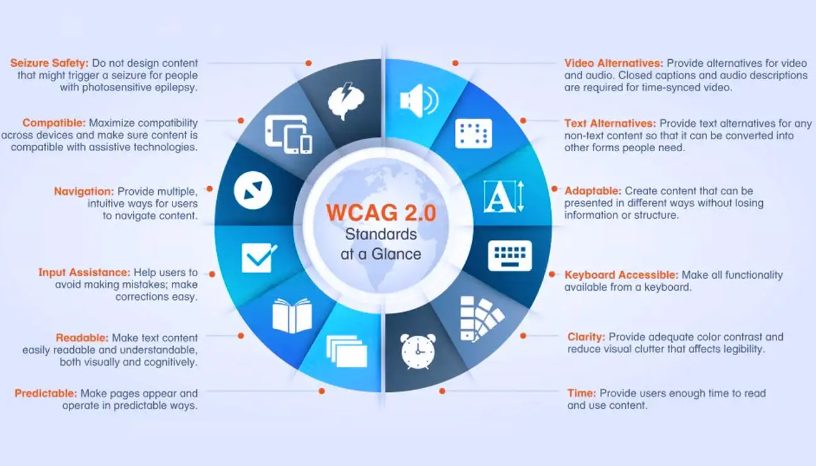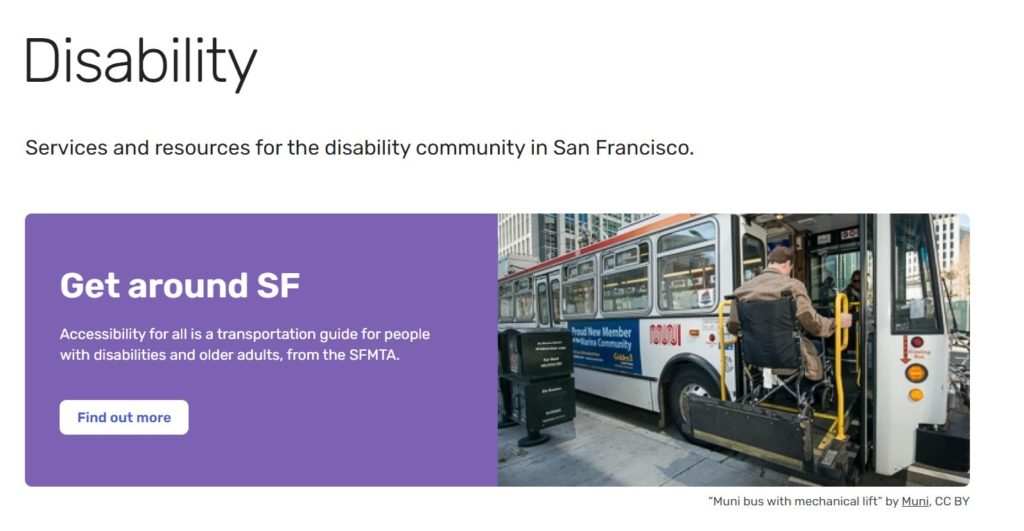The accessibility of design
Accessibility is one of the essential parts of interaction design, for it ensures that products are meant for all people, no matter their physical or cognitive capabilities. From the perspective of this, I do feel akin to the universal design principle that is drawn towards creating the product in such a way that a maximum number of people, in any best possible way, can use it.

This not only means that our work meets all the necessary legislated standards, such as the Web Content Accessibility Guidelines (WCAG), but also improves the overall experience of any one of our customers.
Help and Accessibility for All Ranking Factors Provide We tend to end up with cleaner and more intuitive user interfaces that benefit everyone—not just people with disabilities— thanks partly to our focus on accessibility in our designs.Easy and intuitive navigation, readable type, and helpful messages of errors supply usability and satisfaction that make our product attractive and friendly for any kind of user.That also means being inclusive and ensuring we tap into the market most often overlooked but which represents quite a percentage of our potential users.
Inclusive Innovation by Design
What I found is that integrating accessibility directly into our design process pushes us to innovate to meet such diverse needs. This will often mean new approaches, methods, or functionalities of making the products accessible and even more flexible and robust in different scenarios.

Making websites accessible for people with disabilities isThe best way to interaction design should be the direct involvement of people who have disabilities, right from the word “go” in the process of design and testing. Their input is invaluable and often results in more accessibly designed improvements. This involvement should be a deep one, part of the design process and understanding how users interact with our products.
Ethical and Social Responsibilities This simply means that in this regard, putting more emphasis on accessibility is not about adherence to the law or improving usability; it means a commitment to ethical and social responsibilities. Therefore, placing focus on access is a call for inclusivity and equality in the use of technology, such that any one person can enjoy similar access to information and functionalities, regardless of the physical abilities of the given person or circumstances. Finally, as interaction designers, our duty go beyond aesthetic or functional appearances. We are forming a digital world. This implicates access by all. This implicates equity and social inclusion. Embracing accessibility opens new markets and improves users’ satisfaction across the board, both of which mean a more inclusive digital future.
- Accessibility.com. “Incorporating Accessibility Into UX Design Strategies for Creating an Inclusive Digital Environment.” Accessibility.com, Accessibility.com, 31 Mar. 2023, www.accessibility.com/blog/incorporating-accessibility-into-ux-design-strategies-for-creating-an-inclusive-digital-environment.
- Postgraduate Programs. “Accessibility in UX Design: Embracing Inclusive Design Principles.” Caltech CTME, Caltech CTME, 11 Apr. 2023, pg-p.ctme.caltech.edu/blog/ui-ux/accessibility-in-ux-design.
- San Francisco. “Disability Access and Inclusion.” City and County of San Francisco, www.sf.gov/topics/disability. Accessed 24 Apr. 2024.
- UX Collective. “Accessibility in UX Design: Why it Matters & How to Design for it.” AccessiBe, AccessiBe, 26 July 2021, www.accessi.org/blog/ux-design-web-accessibility/.
- Waller, Sarah. “Understand the Social Needs for Accessibility in UX Design.” Interaction Design Foundation, Interaction Design Foundation, 16 Nov. 2020, www.interaction-design.org/literature/article/understand-the-social-needs-for-accessibility-in-ux-design.
- Williams, Derek. “Accessibility in UX: The Case for Radical Empathy.” UX Magazine, UX Magazine, 19 Apr. 2023, uxmag.com/articles/accessibility-in-ux-the-case-for-radical-empathy.
- WCAG Compliance.” Sonix, sonix.ai, www.sonix.ai/resources/wcag-compliance/. Accessed 24 Apr. 2024.